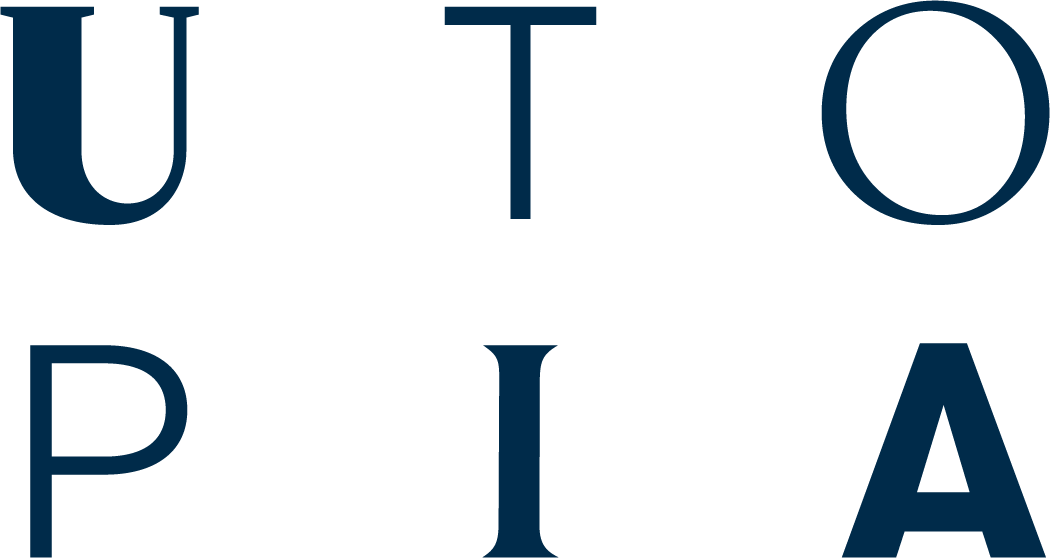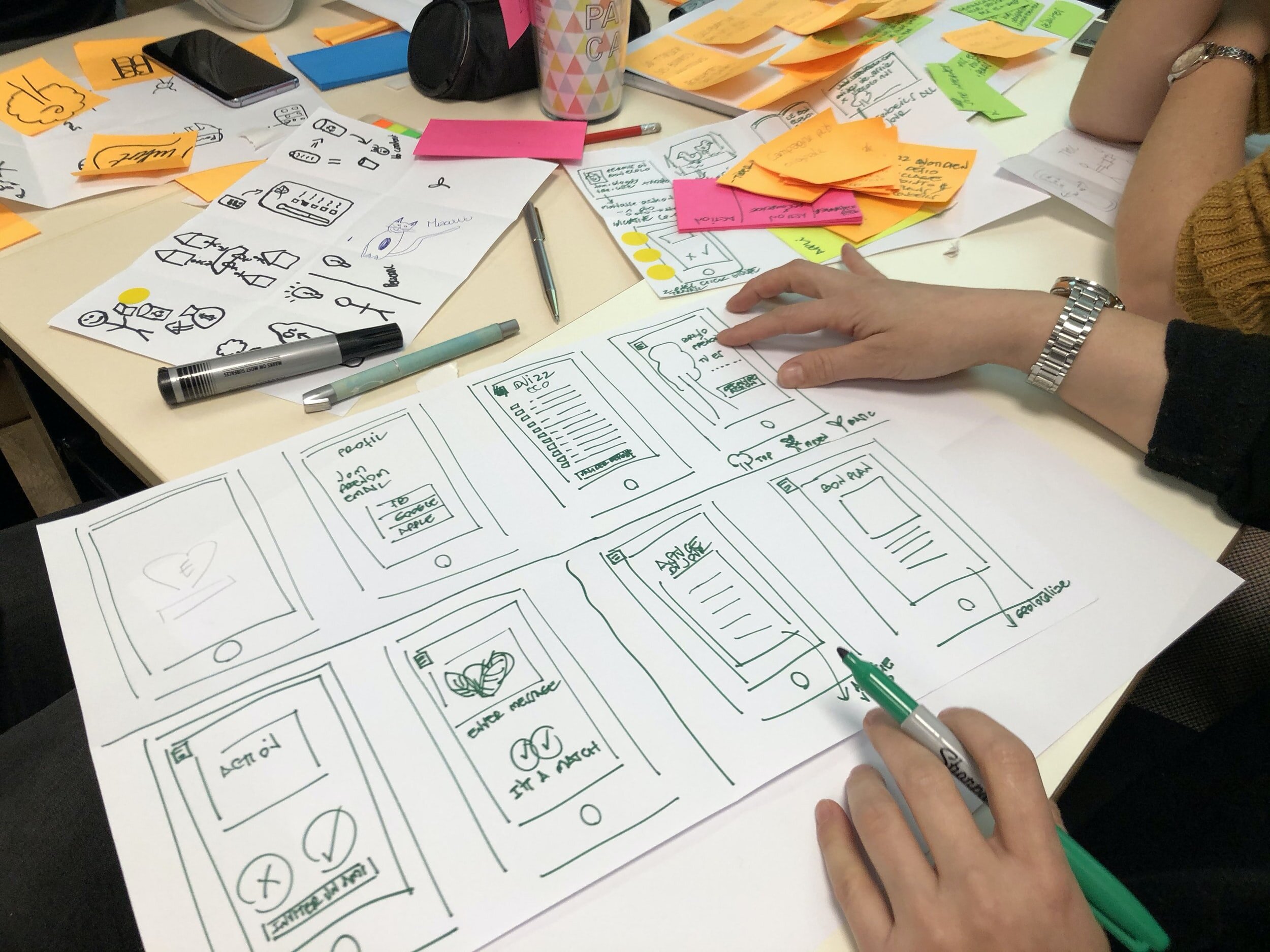15 Ways To Unleash Your Creativity During Lockdown
Over the last 12 months, here at Utopia we have been helping people unleash their creativity as part of our work in delivering more entrepreneurial cultures (which sits alongside our inclusion and healthy workplace pillars). As we head into the second month of national lockdown in the UK, I thought it would be a valuable time to share some of the best creativity hacks we uncovered through the various creativity workshops we have been running for clients. Hope you find them inspiring and useful.
1) Find your rhythms
Everybody has a different biological body clock. Tuning into this can help pinpoint the hours of the day when you are most motivated and inspired. Structuring your days to maximise your natural alertness can also maximise your creative output.
2) Go on a walk and take a picture every time you see the same object
Decide on an object and commit to taking a picture of every one of those you see whilst you go out for a walk; this could be every red door you see, or every bus. Getting into and maintaining a creative headspace can be difficult for many. This simple exercise can boost your creativity by combining the exercise benefits of mindfulness with an observant mindfulness to your present environment.
Check Street Wisdom for other ways to use your wanderings as a problem solving technique.
3) Put on the Six Thinking Hats
The ‘Six Thinking Hats’ is a design process developed by Dr Edward de Bono. It separates the creative development process into six narrow ways of thinking that overall expand our ideas.
4) Curate a Social Feed Dedicated to Creative Inspiration
Create a social account purely dedicated to following artists and inspiring accounts. This means that whenever you are feeling creatively deadlocked you have a feed that you can dip into for a quick source of inspiration.
5) Creative Exchange
Connect with similarly creative minded people and make a group that exchanges things that inspire them. Diversifying your sources of inspiration is a great way to encourage creativity and this is a great way to see what’s inspiring others.
6) Tap into your inner child
Childhood represents the time in our lives when we are encouraged to be the most playful. Childhood is intrinsically linked to creativity, as kids haven’t locked ourselves into biases of past experience they have an infinite scope of imagination.
Connecting with your inner child can be as simple as thinking back to when you were that age, chatting with the children in your life, picking up your childhood hobbies or even flicking through the book titles geared towards kids. Or if everything else fails, buy some LEGO and build anything.
7) Go Down Rabbit Holes
Have you ever found yourself clicking random video suggestions on the YouTube sidebar and ended up on the “weird-side” of the platform? A deep give by Wangu Chafuwa, one of our team, led him to a collection of weird and wonderful musical mash-ups that ended up occupying an inordinate amount of my time. (Here’s the Black Eyed Peas and Mozart Mash-up you didn’t realise you needed in your life).
8) Work in a new environment
Creativity feeds on difference. Working in exactly the same position, in exactly the same routine can lock us into the same routine thinking. Switching up our work environments can force our brains to shift out of autopilot and start creating novel creative solutions. This can also be done by dressing up as different personas or simply putting your creative socks on.
9) "Mise-en-place" at you work desk
For those of you who have worked in the catering and hospitality industry the concept of mise-en-place is very familiar to you. From French, mise-en-place roughly translates into ‘putting in place’, setting up all the ingredients and tools needed for an organised service. This concept can be translated to our work desks; organising everything you need for your creative process in front of you so that when you get working all your cognitive load is focussed on the task at hand.
10) Ask a novice everything they know on a subject
Asking a novice how they would approach your work can inspire lateral solutions to your expert problems.
When we hit creative roadblocks midway through a creative project it is often because we have locked ourselves into the patterns of our own thinking. Asking someone with no experience of what you're working on, gives an outsider perspective potentially reminding you of what you initially found interesting at the beginning of your process or even introducing you to novel concepts.
11) Set time limits
Open deadlines are the perfect setting for procrastination. Sometimes the pressure of time constraints can create a sense of momentum in a project. Even allocating set periods of time for sprints of focussed creativity can really boost productivity
This alarm cube was recommended to me by Helen Tupper. It’s a very quick way of setting focused time blocks - you just turn the cube and it sets the timer to correspond with the minutes on the side.
12) Express yourself in a different way
A lot of our hacks surrounding creativity are based around pattern breaking and this one is no different. Expressing yourself in a medium different to one you typically do is an easy way of unlocking new avenues of thinking.
13) Take a shower
Oscar-winning screenwriter Aaron Sorkin revealed that he can take up to eight showers a day when he suffers from writer’s block to revive his creativity, going as far as installing a shower unit in his office to keep his creative juices flowing.
He’s not alone in recognising their Eureka-inducing potential, and many of us often report having our best ideas whilst in the shower.
There is scientific evidence to support this. When using methodical techniques to problem solve, the frontal lobe of your brain is highly activated. Our frontal lobes keep us hyper-focused— great when we need to power through a spreadsheet, but bad if you’re stuck on a problem. Switching off - like we do in the shower - allows our brain to wander and process unconscious ideas we wouldn’t have otherwise noticed.
14) Doodling
Poet Diane Ackerman once said that, “Play is our favourite way of learning”.
Counterintuitively, when engaged in play our brains are actually at their most active. Their Default Mode Network lights up connecting parts of our brain that don’t typically communicate. Encouraging creativity as stray thoughts, random memories or images combine in novel ways that produce novel ideas.
This is why doodling can be a powerful way of encouraging creativity even if you aren’t particularly artistically talented.
One of our survey respondents has tapped into this hack, telling us that:
“When I was especially anxious I would splash acrylic pain all over the page then close the book, squish it a round. When I unfolded the page I would try and impose meaning onto the shapes that formed. Like watching clouds.”
Or if you want to do something more concrete, you can always do a life drawing class of a Northumberland Alpaca (thanks Daniela).
15) Rest
One thing Leonardo Da Vinci, Albert Einstein and Winston Churchill have in common is that they were all proponents of a power nap.
When we want to get more done there is the temptation to just power through and keep working. This can actually be counterproductive, as rest and creativity are natural partners.
Fatigue negatively impacts our cognitive functions meaning that any work we produce whilst we are tired is likely to be of a weaker quality than the work made when we are rested.
-------------------------------------------------------------------------------------------------------------
Thanks again to all our contributors which include Daniela Michelon, Helen Tupper and all the Google RARE crew.
If you would like more inspiration, do check out Our Creativity at Home guide HERE.


